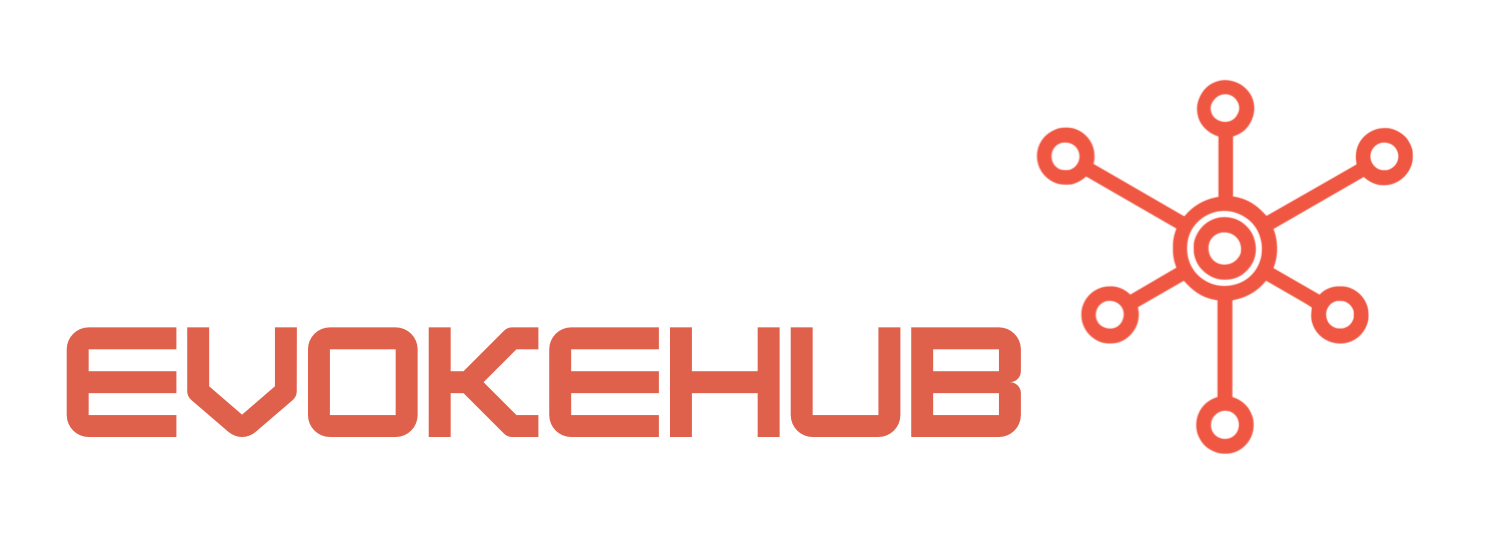Understanding the Importance of Tailored Dashboards in Azure Sentinel
Tailored dashboards in Azure Sentinel enable organizations to visualize security metrics and events in a way that meets their specific needs. By customizing dashboards, security teams can prioritize the most relevant information, ensuring that critical vulnerabilities and incidents receive immediate attention. This level of customization not only enhances visibility but also improves response times, as security professionals can quickly identify and act on threats relevant to their environment.
Moreover, tailored dashboards facilitate better communication among team members and stakeholders. By presenting information in a clear and concise manner, these dashboards serve as a common language for discussing security posture. The ability to share insights and findings effectively allows for more informed decision-making and can foster a culture of security awareness throughout the organization. For more information on Azure Sentinel’s capabilities, visit the Azure Sentinel Overview.
Furthermore, the use of tailored dashboards supports compliance and regulatory requirements. Many organizations must adhere to standards that demand regular reporting on security incidents and vulnerabilities. A well-structured dashboard can streamline this process, providing a snapshot of security metrics that can be easily shared with auditors and stakeholders. This not only meets compliance needs but also demonstrates an organization’s commitment to proactive security management, thus potentially reducing liability and risk.
Step-by-Step Guide to Creating Effective Security Dashboards
Creating an effective security dashboard in Azure Sentinel begins with understanding your organization’s specific security goals and metrics. Start by identifying the key performance indicators (KPIs) that are most relevant to your security posture. Common KPIs include incident response times, the number of detected threats, and compliance status. Once you have outlined your KPIs, you can proceed to create a new dashboard that aligns with these objectives.
Next, utilize Azure Sentinel’s built-in workbooks to customize your dashboard visually. Workbooks allow you to display data in various formats, including graphs, tables, and maps. You can access workbooks through the Azure portal by navigating to the “Workbooks” section within Azure Sentinel. Here, you can either start from scratch or use existing templates that suit your requirements. Customization options allow you to filter data, choose visualization types, and even integrate Azure Monitor logs to enhance the richness of your dashboard.
Lastly, it’s crucial to continuously iterate and improve your dashboard based on user feedback and changing security needs. Regular reviews of your dashboard will help ensure it remains relevant and useful. Utilize Azure Sentinel’s alerting capabilities to highlight significant incidents in real-time, enabling timely interventions. Additionally, consider setting up automated reports that summarize dashboard metrics over time, helping track progress and identify areas for improvement. For more detailed guidance on creating workbooks, refer to the Azure Sentinel Workbook Documentation.
In summary, tailored dashboards in Azure Sentinel are vital for enhancing an organization’s cloud security posture. By providing customized visualization of relevant metrics, these dashboards improve situational awareness, facilitate communication, and aid in compliance efforts. The step-by-step process outlined above allows security teams to effectively leverage Azure Sentinel’s capabilities, ensuring they can adapt to ever-changing security landscapes. By continuously refining these dashboards, organizations can maintain a proactive stance against threats and enhance their overall security strategy. For more insights on Azure Sentinel and its functionalities, explore the Microsoft Azure Security Documentation.




